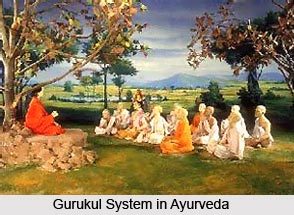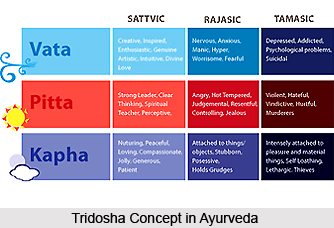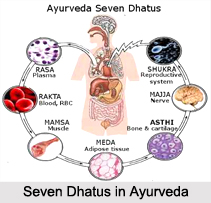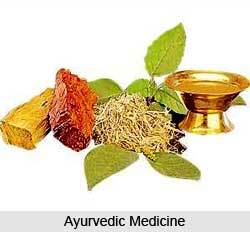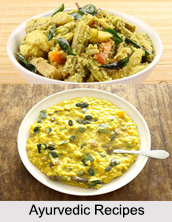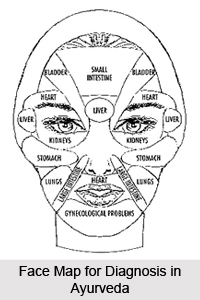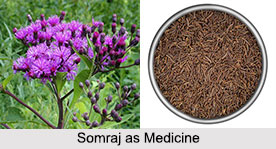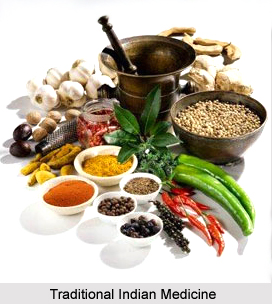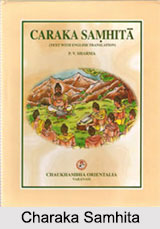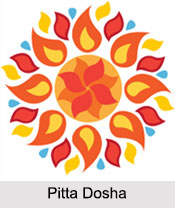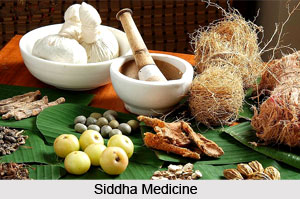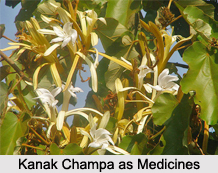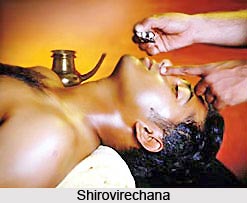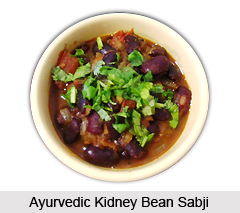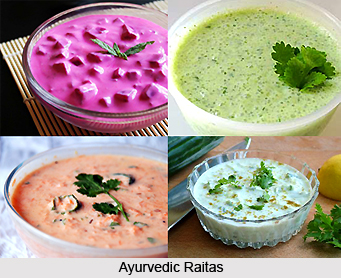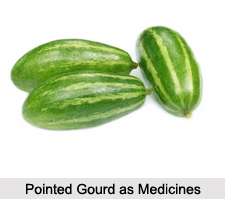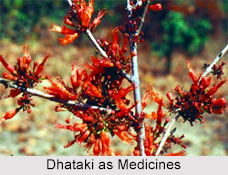 Woodfordia Floribunda known as Dhataki is an important medicinal plant used in Ayurveda. It is called Tamrapushpi or red flowered, on account of its bright red permanent calyx, and Guchchhapushpi or having clusters of blossoms, on account of its numerous small flowers, which give it a gaudy appearance. From the circumstance of its being common in mountainous tracts, it has got the name of Parvati or hill-born.
Woodfordia Floribunda known as Dhataki is an important medicinal plant used in Ayurveda. It is called Tamrapushpi or red flowered, on account of its bright red permanent calyx, and Guchchhapushpi or having clusters of blossoms, on account of its numerous small flowers, which give it a gaudy appearance. From the circumstance of its being common in mountainous tracts, it has got the name of Parvati or hill-born.
Dose of Dhataki in Medicine
The dried flowers of Woodfordia Floribunda are regarded as stimulant and astringent and are much used, in combination with other astringent medicines, in bowel complaints and haemorrhages. 2 drachms of the dried flowers are given with curdled milk in dysentery, and with honey in menorrhagia.
In the dysentery of children, the following combination is recommended to be given in the form of powder or decoction with the addition of honey. To prepare it, take the flowers of Woodfordia Floribunda, bael fruits, bark of Symplocos racemosa (lodhra), root of Pavonia Odorata (bala), and the fruits of Pothos officinalis (gajapipul), in equal parts, 2 tolas in all and prepare a decoction in the usual way. The powdered flower is sprinkled over ulcers for diminishing their discharge and promoting granulation.
This article is a stub. You can enrich by adding more information to it. Send your Write Up to content@indianetzone.com
Related Articles
Ayurveda
Ayurveda Medication
Elements of Ayurveda
Concepts of Ayurveda
Ancient Literature of Ayurveda
Sushruta Samhita
Classification of Medicine

